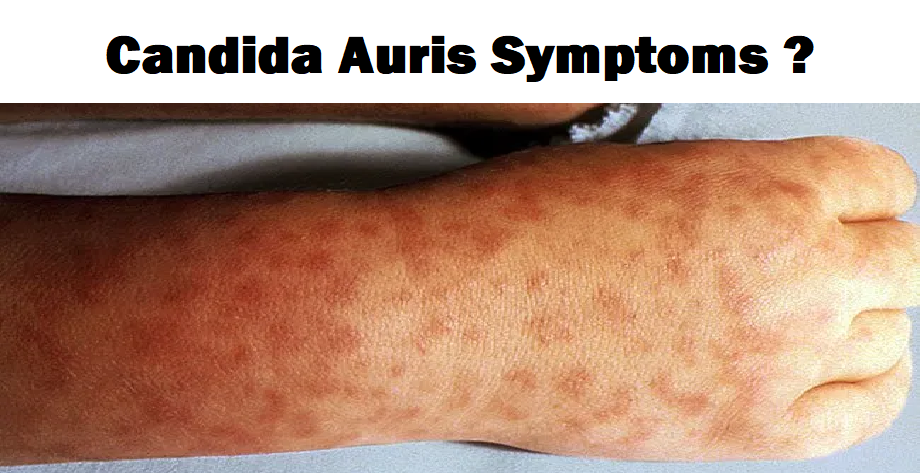How to Treat Skin Fungus Caused by Candida Auris Infection .
Candida Auris can cause a variety of symptoms depending on the type of infection it causes. In many cases, people who are infected with C. Auris may not have any symptoms at all, but can still carry the fungus and potentially transmit it to others.
Some of the common symptoms associated with C. Auris infections include:
- Fever and chills
- Fatigue and weakness
- Skin rashes or lesions
- Wound infections with discharge
- Ear infections with discharge
- Bloodstream infections with sepsis-like symptoms (e.g. low blood pressure, rapid heartbeat, organ failure)
It is important to note that these symptoms can also be caused by other types of infections or medical conditions, and that not everyone who is infected with C. auris will experience symptoms. Additionally, because C. auris can be difficult to diagnose, it is important for healthcare providers to be aware of the possibility of C. auris and to test for it specifically when it is suspected.
Candida Auris is a dangerous fungus that can cause serious infections in humans. While it was first identified in 2009, it has since spread rapidly and has been reported in over 30 countries worldwide. One of the most common ways that Candida Auris infects people is through skin contact. In this article, we will explore Candida Auris skin care, including symptoms, treatment, and prevention methods.
Symptoms of Candida Auris Skin Infections
Candida Auris skin infections can manifest in different ways, depending on the severity of the infection. Some of the most common symptoms include:
- Red, itchy rash
- Scaly or flaky skin
- Blisters or pustules
- Discoloration of the skin
- Pain or discomfort
If you suspect that you may have a Candida Auris skin infection, it is important to seek medical attention right away. Early detection and treatment can help prevent the infection from spreading and causing more serious health complications.
Get the best skin care tips to manage and prevent candida Auris symptoms on your skin. Our expert recommendations will help you maintain healthy and beautiful skin .
Treatment of Candida Auris Skin Infections
The treatment of Candida Auris skin infections typically involves antifungal medication. In some cases, the medication may be administered topically (i.e., applied directly to the affected skin) or orally (i.e., taken by mouth). The specific treatment plan will depend on the severity of the infection and other factors, such as the patient’s overall health and medical history.
Prevention of Candida Auris Skin Infections
Preventing Candida Auris skin infections starts with good hygiene practices. This includes washing your hands frequently with soap and water, especially before and after touching other people or objects. It is also important to keep your skin clean and dry, especially in areas where Candida Auris is most likely to grow (such as skin folds and under the nails).
Other prevention methods include avoiding contact with people who have a Candida Auris infection, especially if they have open wounds or sores. If you work in a healthcare setting or have frequent contact with patients, it is important to follow strict infection control protocols to prevent the spread of Candida Auris and other infections.
Conclusion

























Add Comment